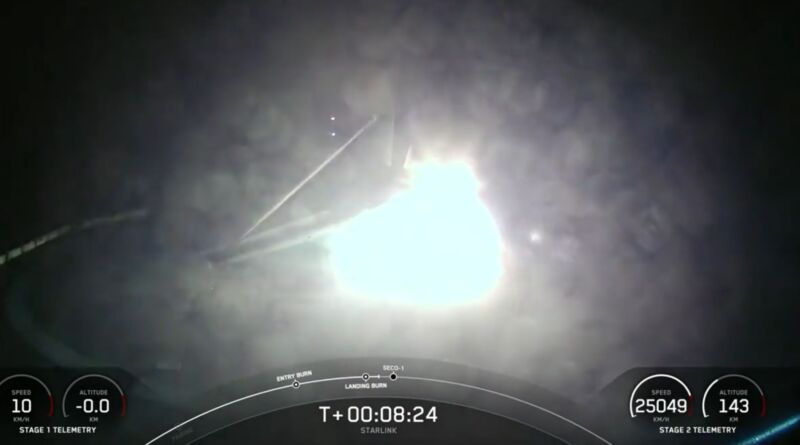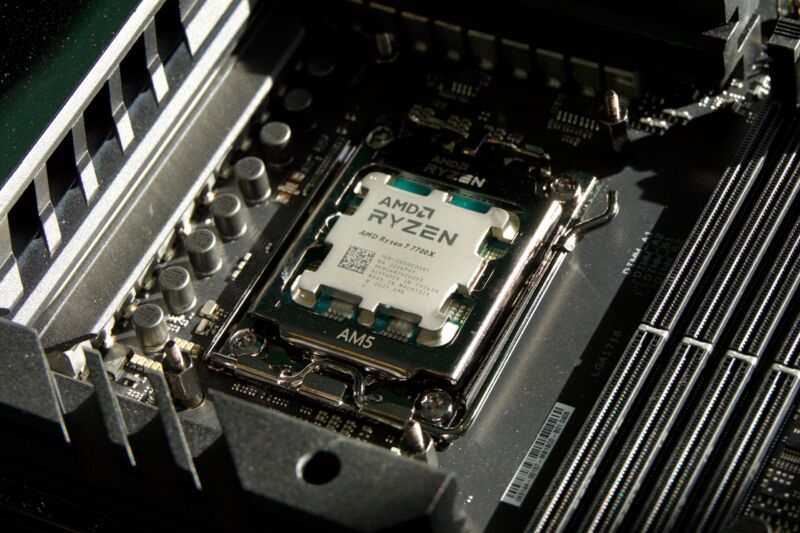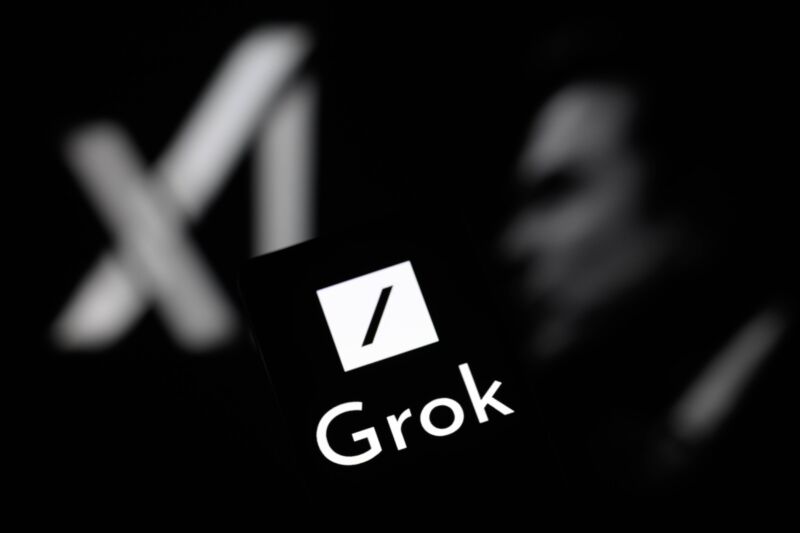-
 chevron_right
chevron_right
Astrobotic’s lander didn’t make it to the Moon because of a failed valve
news.movim.eu / ArsTechnica · Wednesday, 28 August - 13:35

Enlarge / Astrobotic's Peregrine lander, with some of its propellants visible, before shipment from the company's headquarters in Pittsburgh to the launch site in Florida. (credit: Astrobotic )
Seven months after its first lunar lander fell short of reaching the Moon, Astrobotic announced Tuesday that the spacecraft was stricken by a valve failure that caused a propellant tank to burst in orbit. The company's next landing attempt, using a much larger spacecraft, will include fixes to prevent a similar failure.
Astrobotic's first Peregrine lander, which the company called Peregrine Mission One, launched January 8 aboard United Launch Alliance's first Vulcan rocket . But soon after separating from the rocket in space, the lander ran into trouble as it stepped through an activation sequence to begin priming its propulsion system.
A review board determined "the most likely cause of the malfunction was a failure of a single helium Pressure Control Calve called a PCV—Pressure Control Valve 2, within the propulsion system," said John Horack, a space industry veteran and professor of aerospace and mechanical engineering at Ohio State University.










